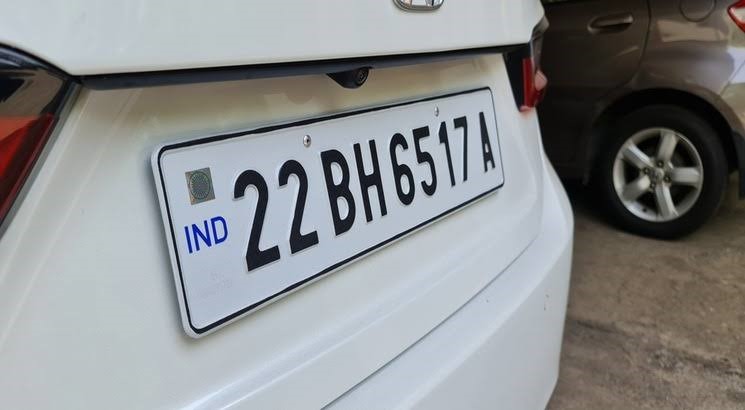[ad_1]
The rollout of the BH series number plate marks a significant advancement in establishing a more streamlined and contemporary vehicle registration and licensing framework in India.
Eligible applicants for the BH series number plate include employees of state and central governments, defense personnel, bank employees, and staff from private companies operating across four or more states or union territories.
According to the Motor Vehicles Act, passenger vehicles are permitted to operate for up to 12 months without needing to transfer their registration to a new state. Non-compliance with this rule may lead to fines and other penalties. The re-registration process can be lengthy, particularly for those whose careers require frequent relocations.
The BH series license plate provides a solution for vehicle owners who move to different states, eliminating the need for re-registration and ensuring nationwide recognition.
This innovative series brings a host of benefits, such as a simplified registration process, acceptance across the country, and cost savings. By implementing this system, vehicle owners can avoid unnecessary expenses, significantly improving their overall experience.
The BH series number plate is available for all non-transport vehicles, but it is not open to every citizen of India. This option is specifically reserved for employees of state and central governments, public sector enterprises, and private sector workers who are employed in at least four states or union territories.
Recently, the Ministry of Road Transport and Highways has expanded the eligibility criteria to include new car buyers who might need to relocate for work or are likely to be transferred in the future.
The cost of the BH series number plate is determined by the vehicle’s price and is divided into three categories. For vehicles valued at less than 10 lakhs, the fee is set at 8% of the total vehicle price. For those valued between 10 and 20 lakhs, the fee is 10% of the vehicle’s cost.
[ad_2]
